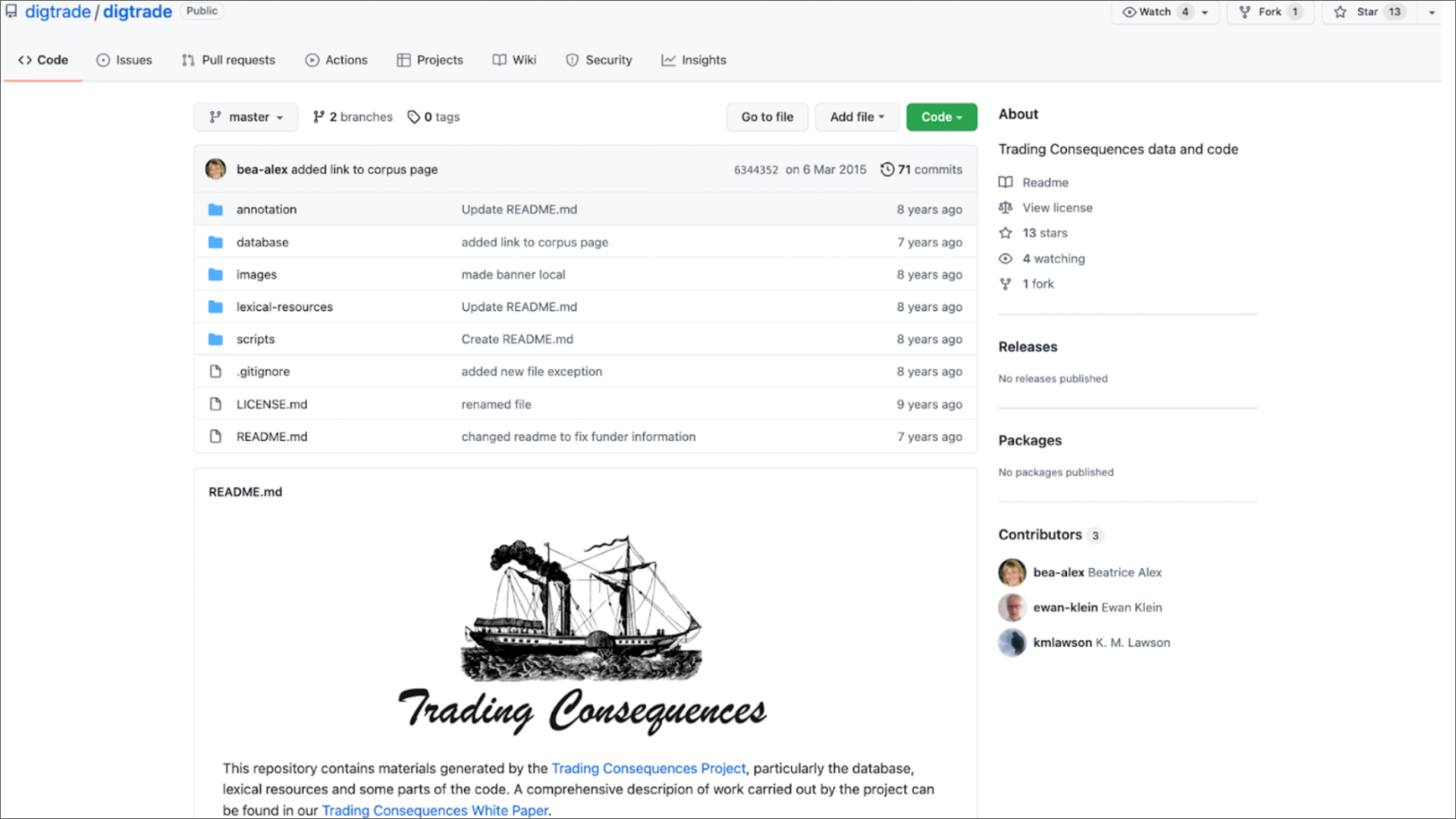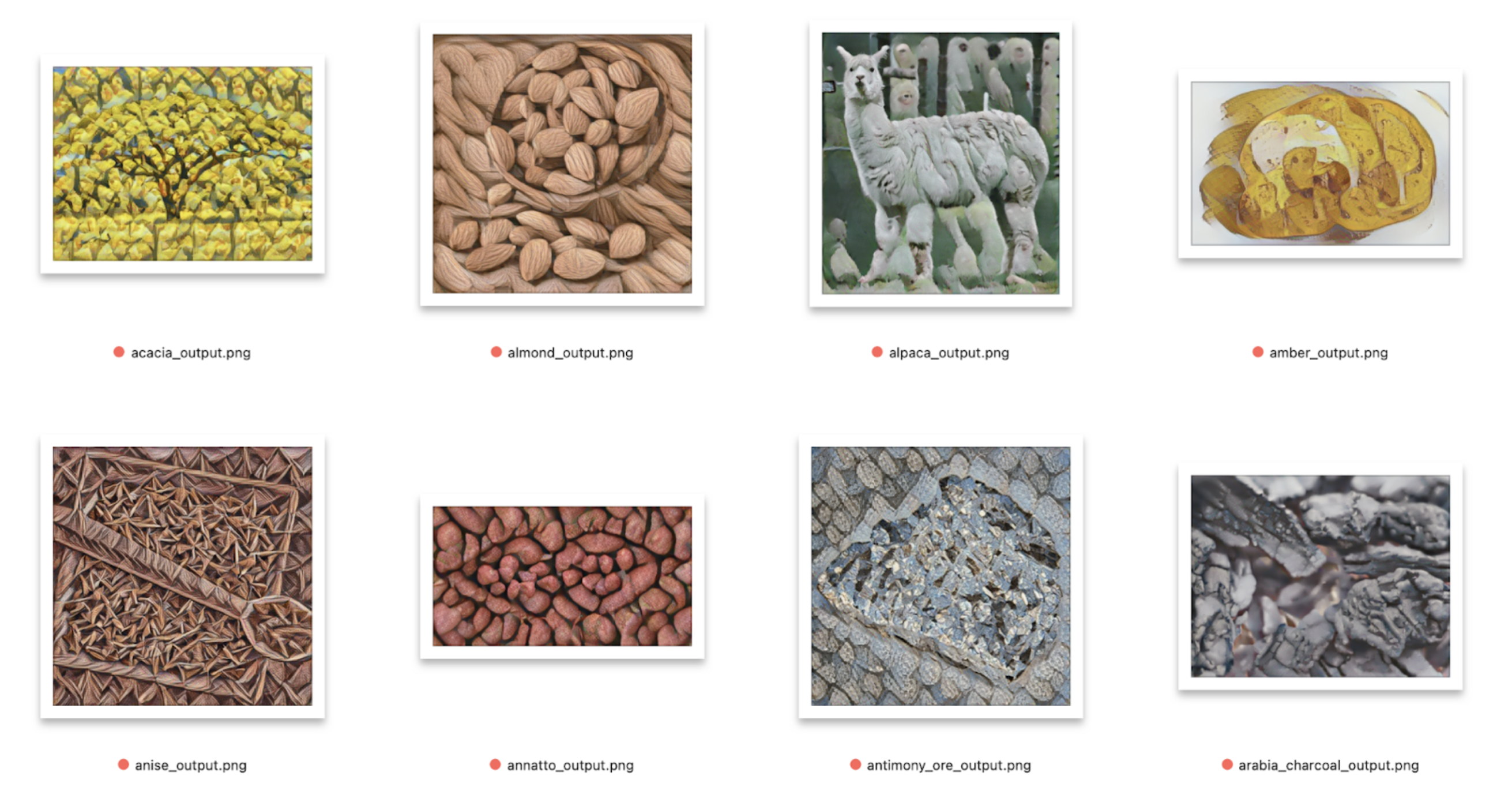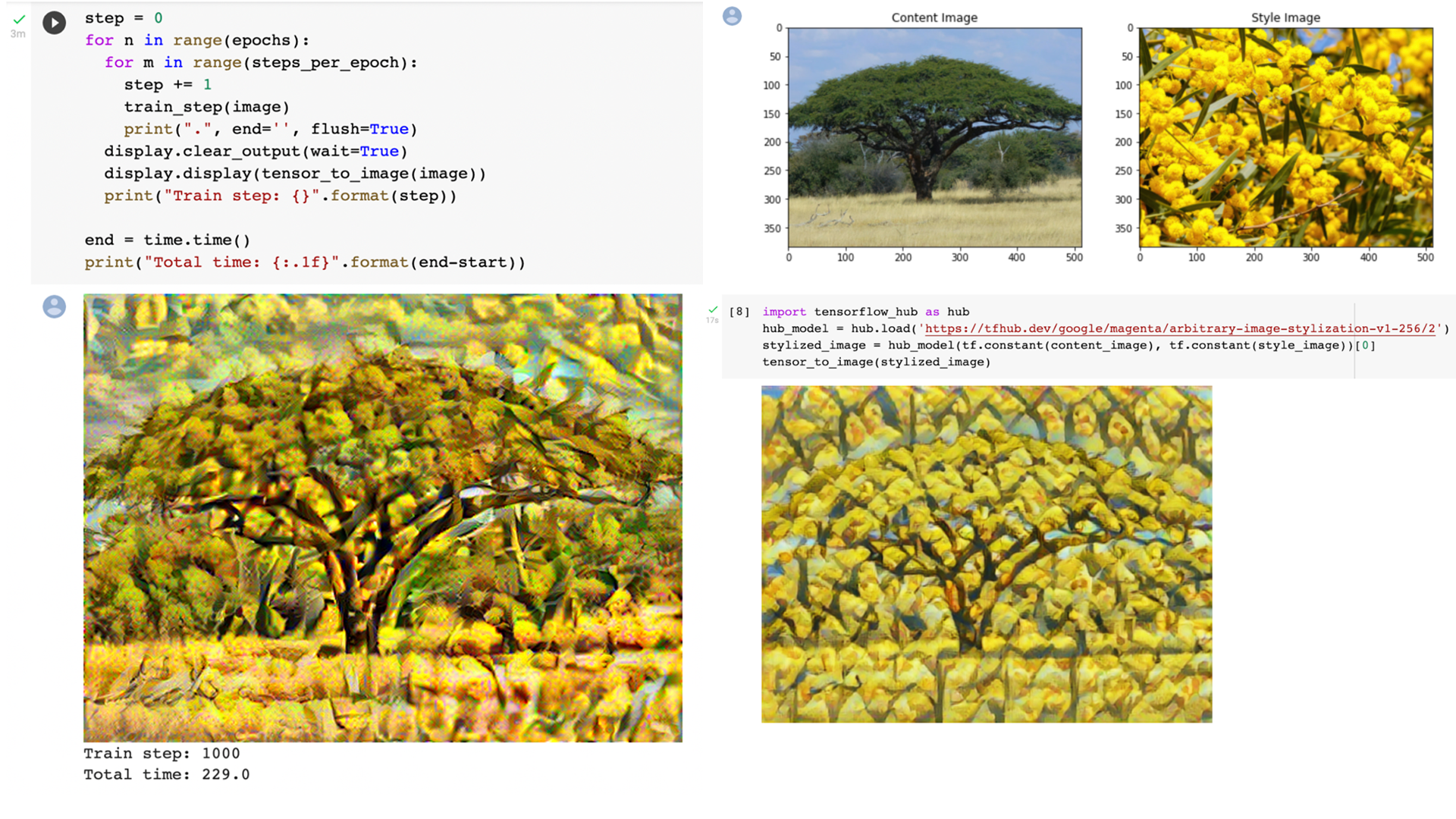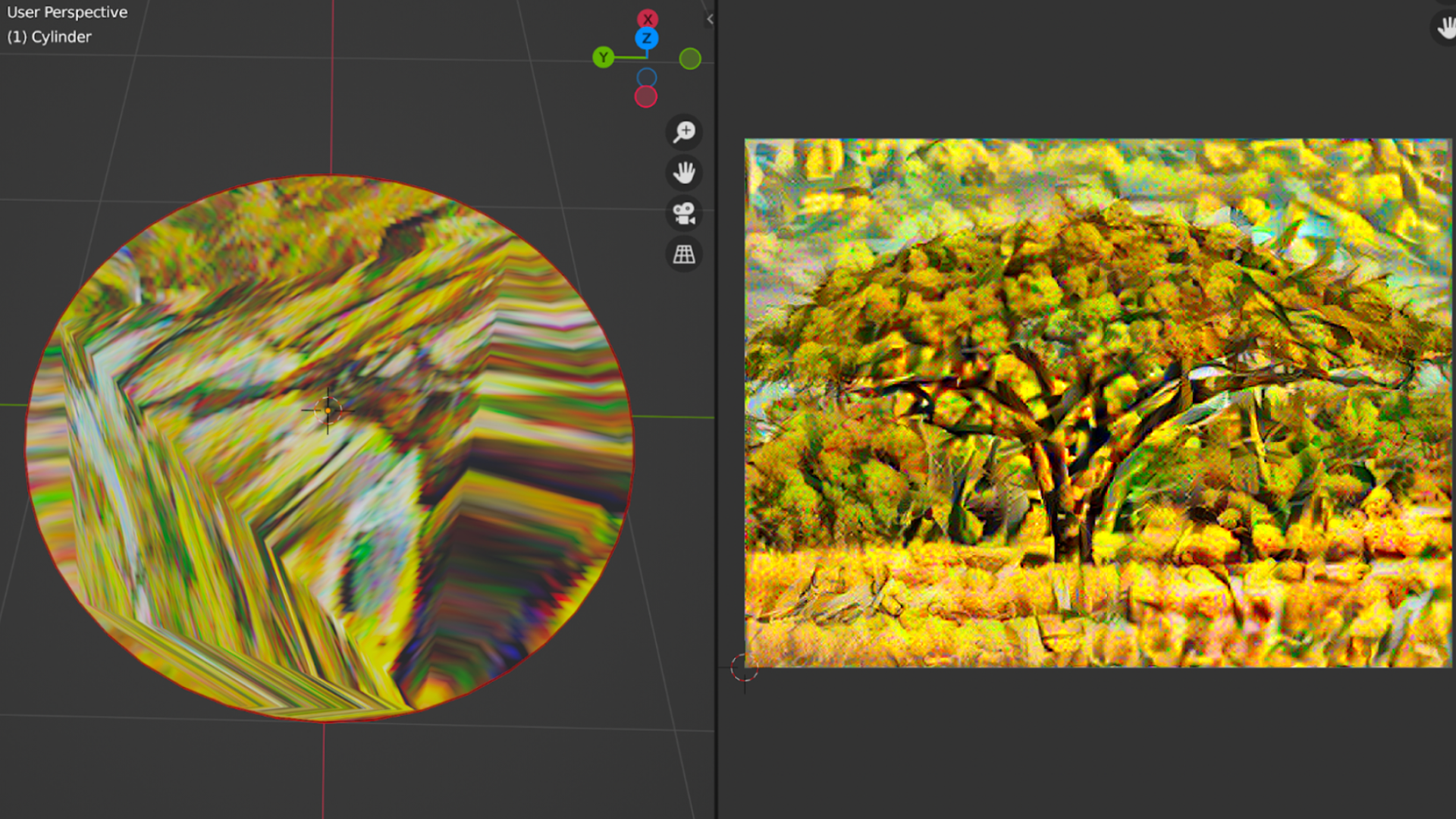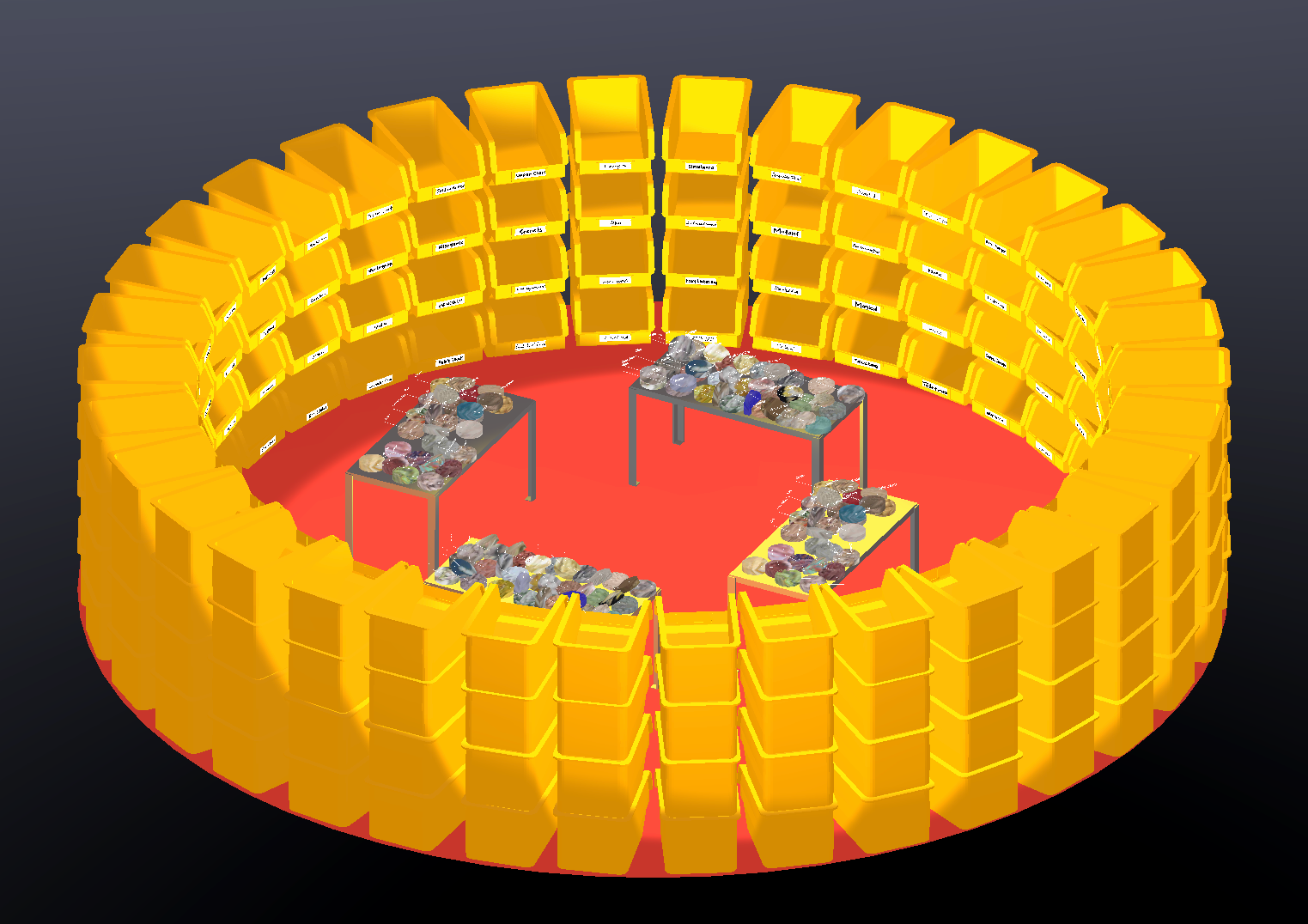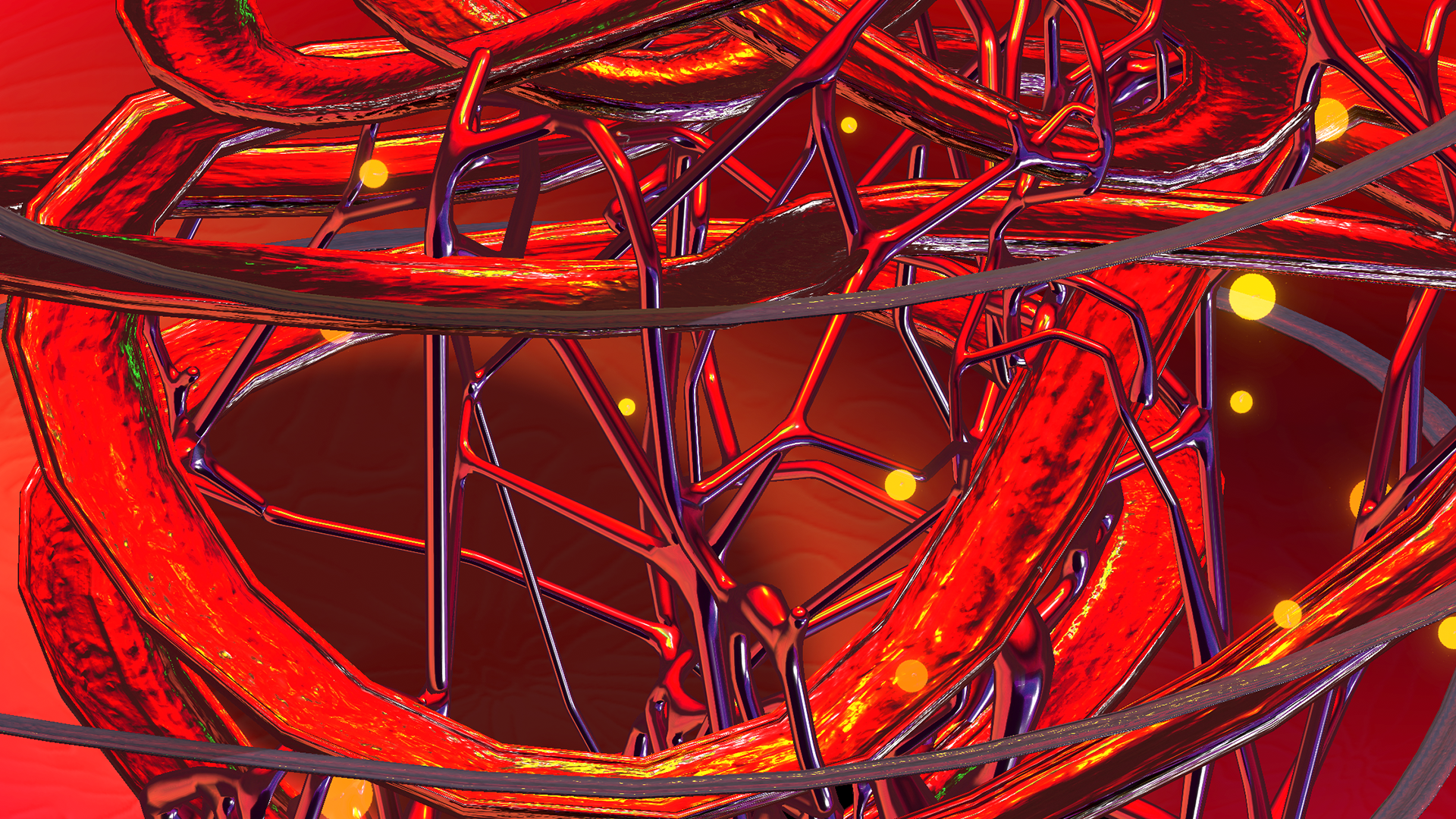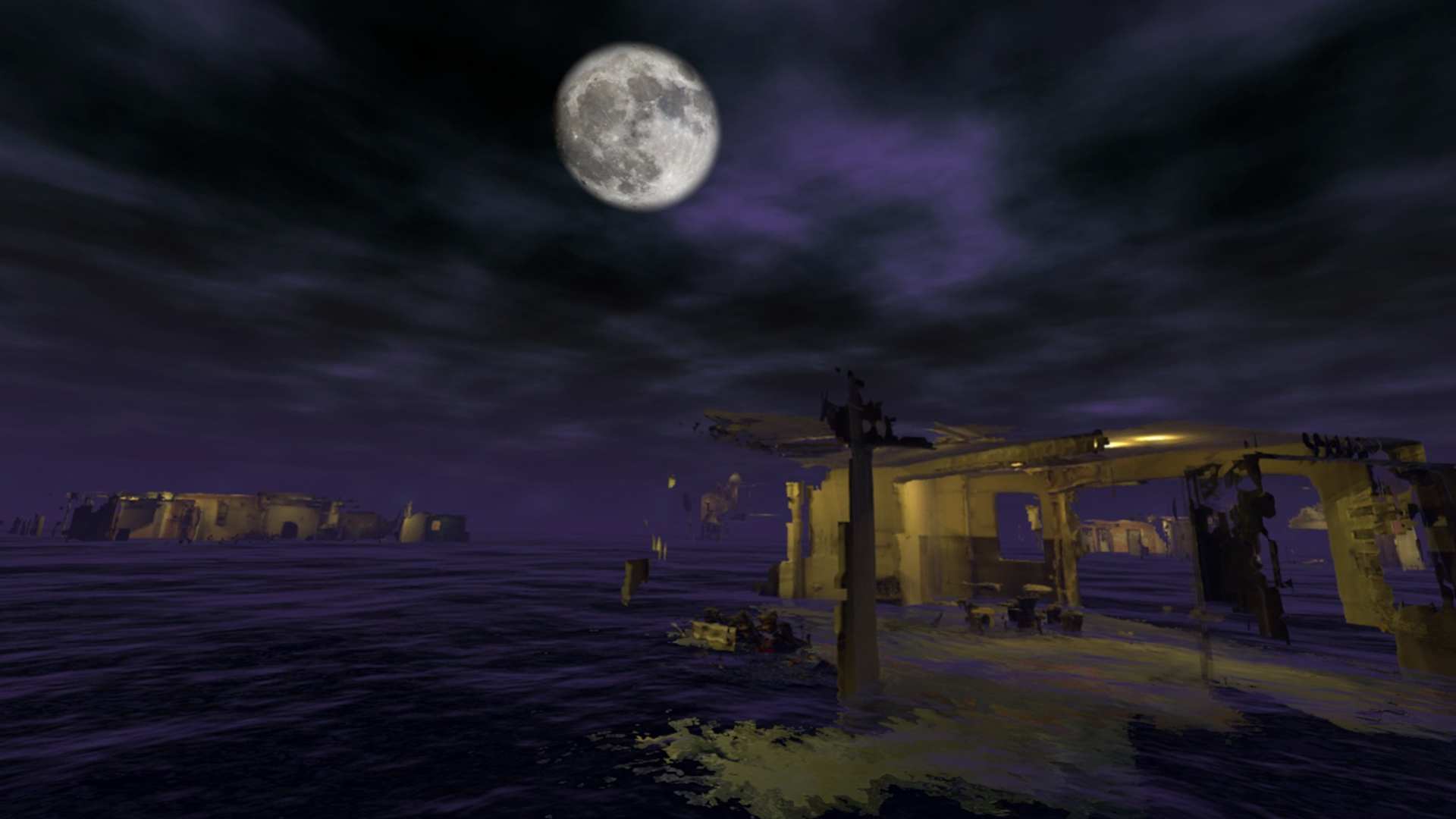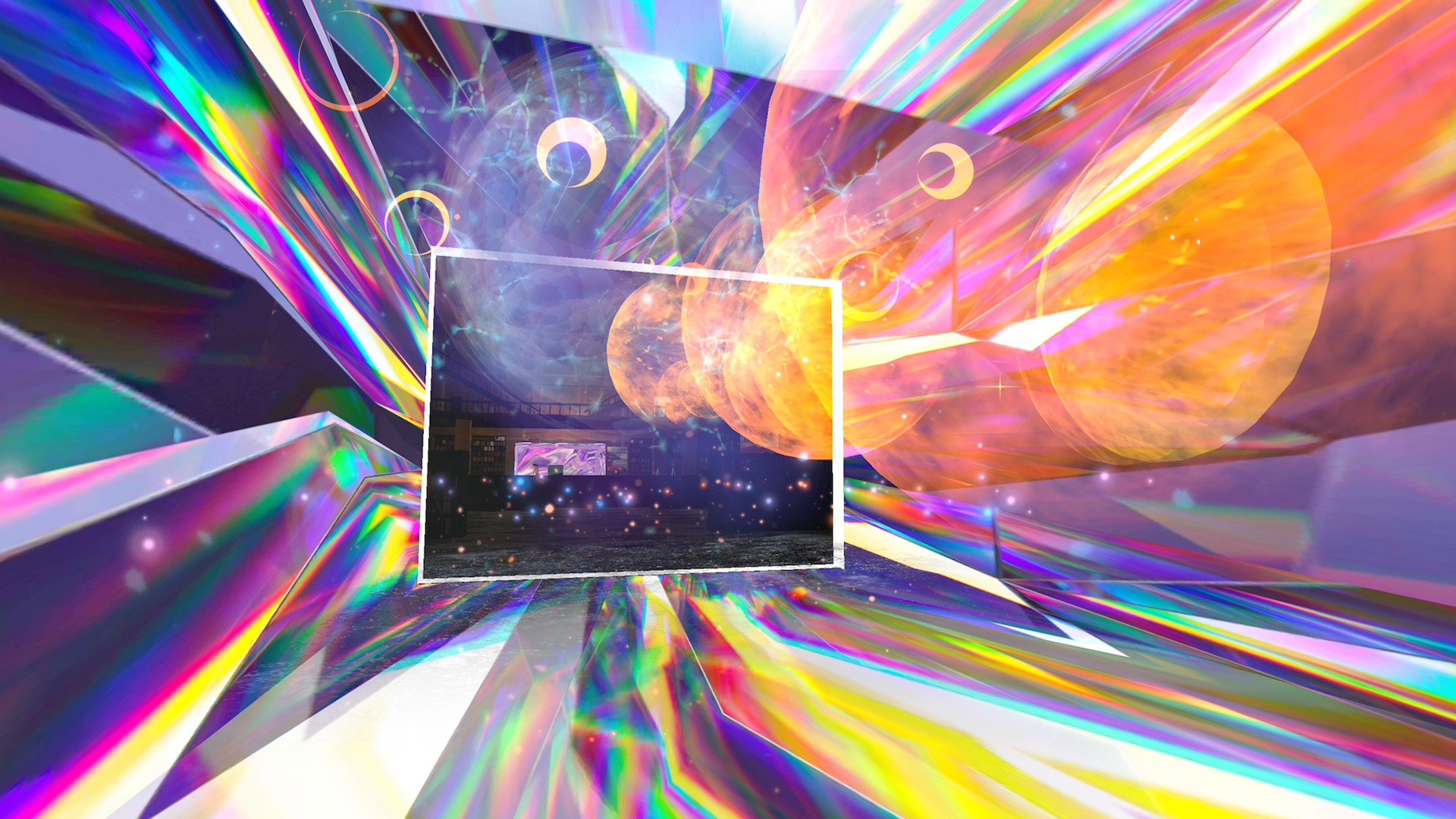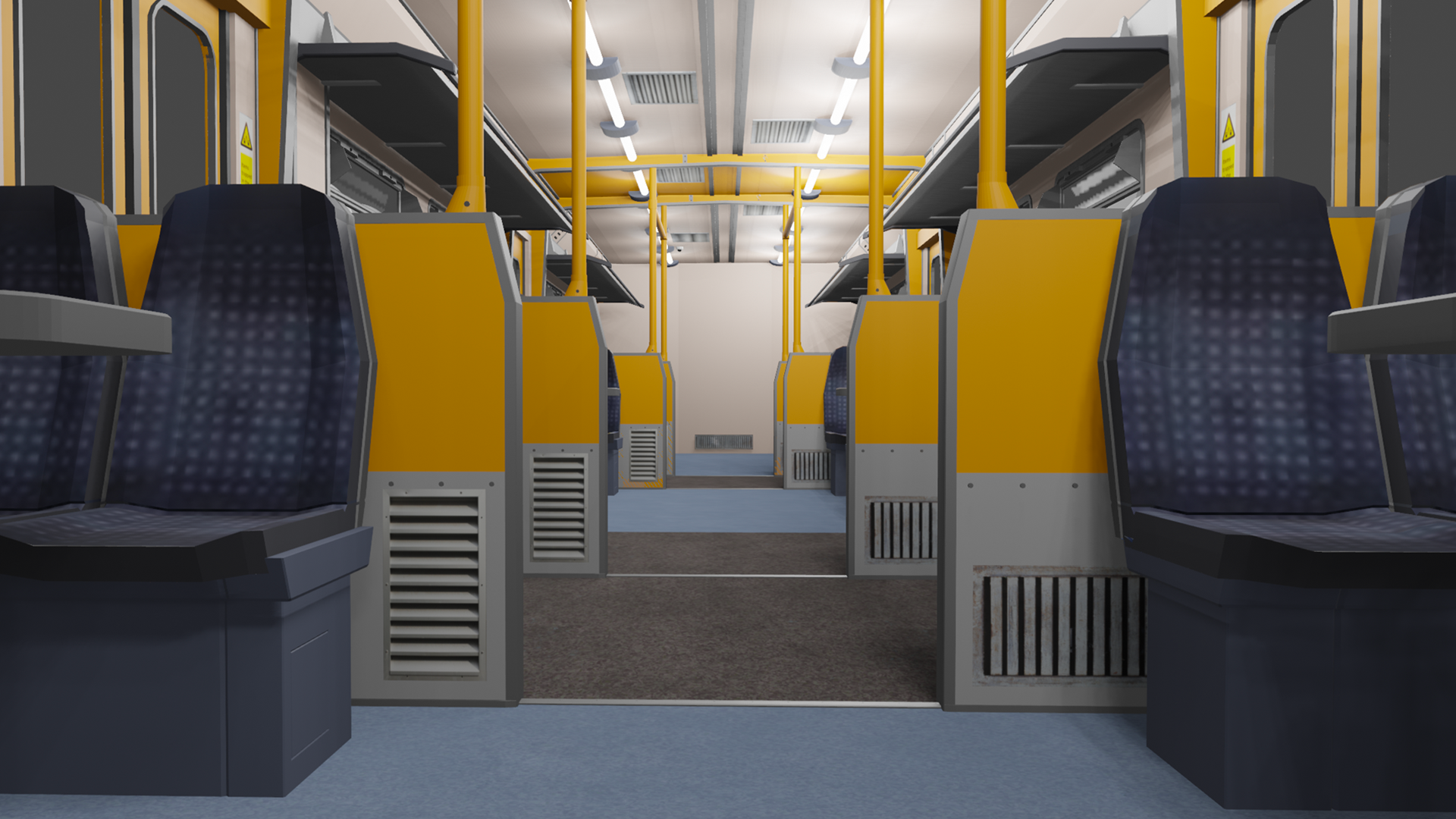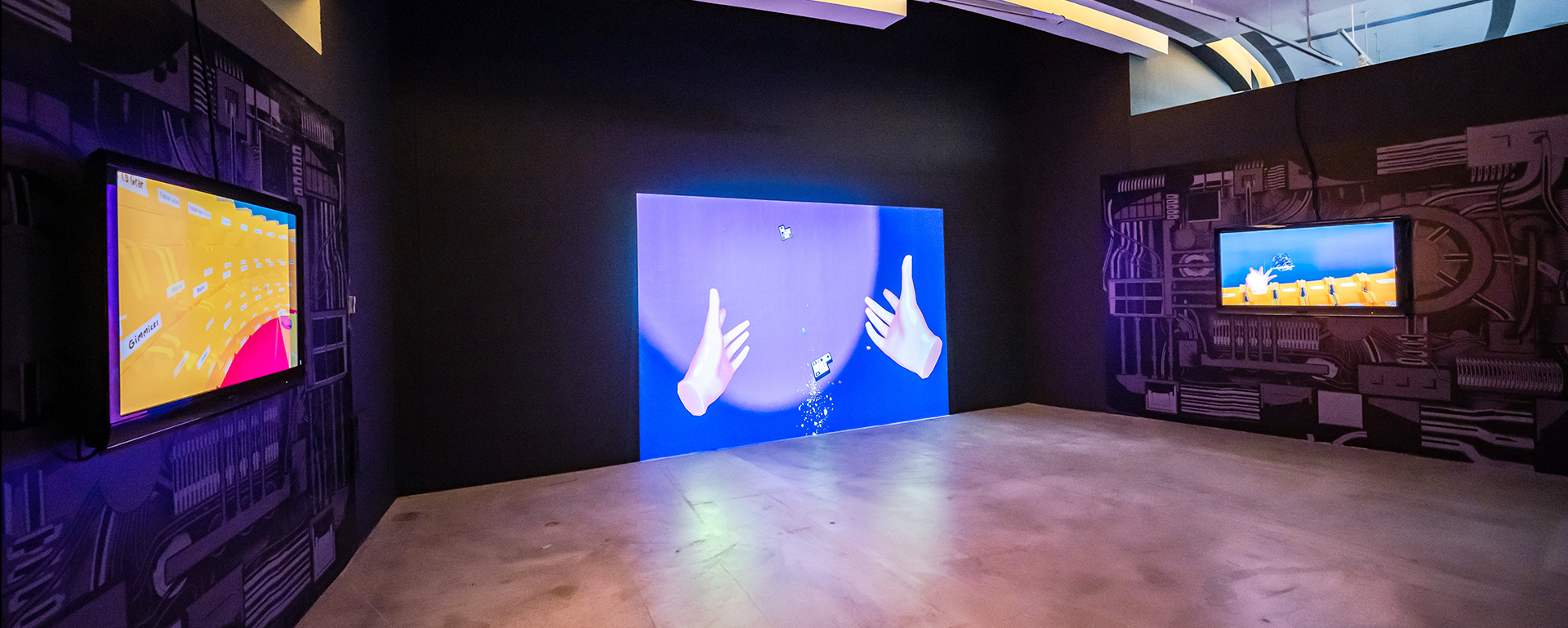
The Collector
The Collector is an exploratory immersive experience for the Oculus Quest 2, exploring the aesthetics of commodities. It allows the player to visually explore commodity flows through a modern-day retelling of a shipwreck event. An inspiration for the work is the sinking of the “Fame” in 1824. Hired to return Raffles and his family from Singapore to London, the ship had been a veritable ark of flora and fauna and materials - but the collections were destroyed in a fire, triggering a frenzied attempt to recover the lost tropical imaginary before setting sail again.
Commodities are defined as any bulk good or raw material that has entered into international trade. Commodities are key to the global economy, but their physical production and circulation is often associated with questions of their environmental impact to societies and the world. Today commodities are exchanged without physical goods even exchanging hands – instead futures contracts are bought and sold.
With a hands-on understanding of tropical commodities becoming increasingly out of reach, I wanted to produce an interactive experience where the player could visually explore representations of commodities and the lost tropical imaginary. Using data from “Trading Consequences”, a big data project on international commodities in the British Empire during the 19th century, commodities that flowed in and out of Singapore in the 19th century are re-imagined through google image scrapings and neural style transfer.
“The Collector” is a VR game in two parts. In “The Sorter”, you play as an agent inside an Unforgetting Machine, sorting commodities into nonsensical but serendipitous categories. In “The Collector”, you’re onboard a modern-day Fame, where you can generate an infinite flow of commodities with ease. But beware: if you force the machine to generate more commodities than the boat can hold, the boat will catch fire, and you have no choice but to go under…
2022
Unity 3D Game
Commissioned by Jendela Visual Art Space, Esplanade Singapore. With thanks to Lu Xiaohui.
Commodity Data extracted from Trading Consequences
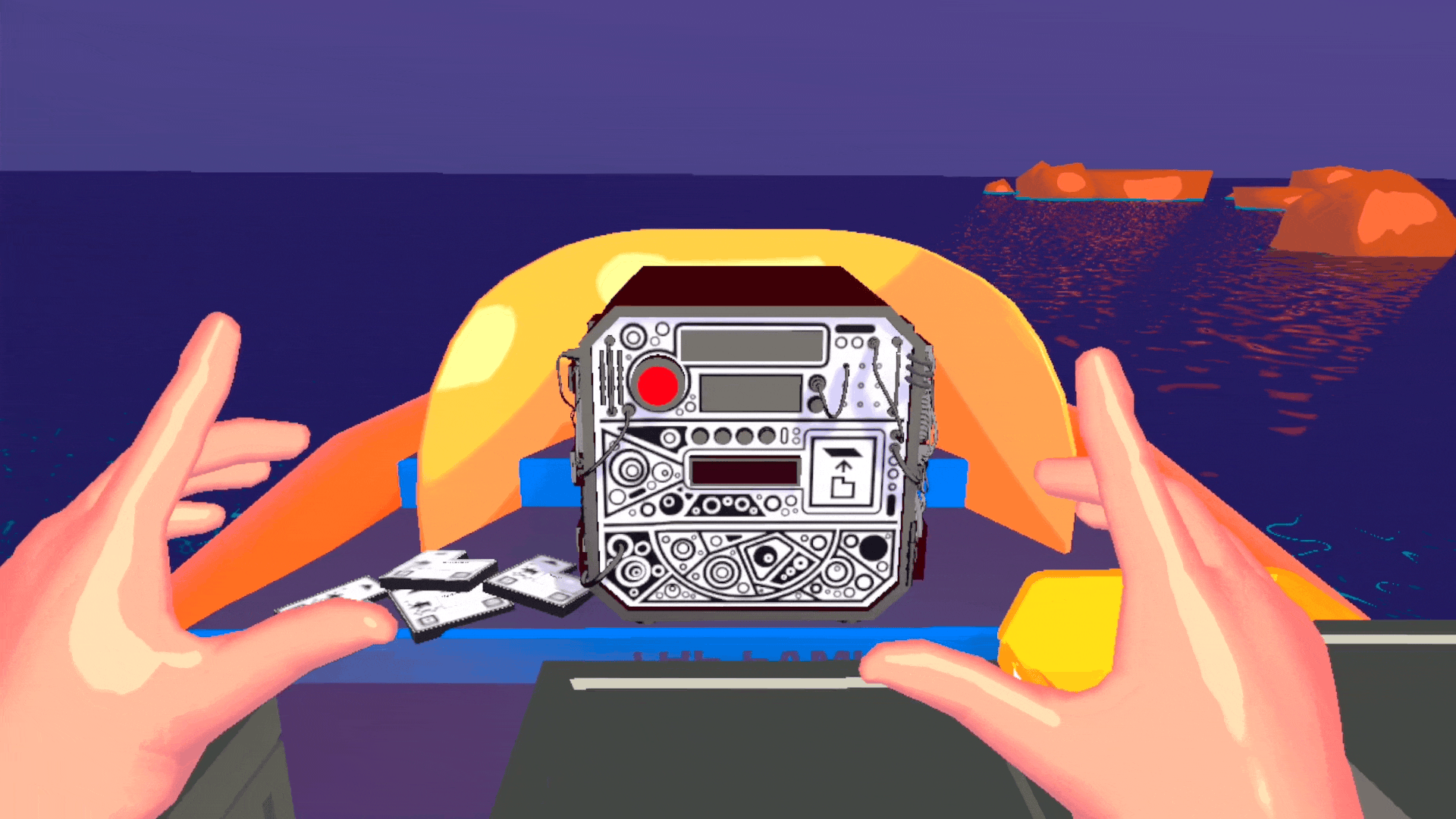
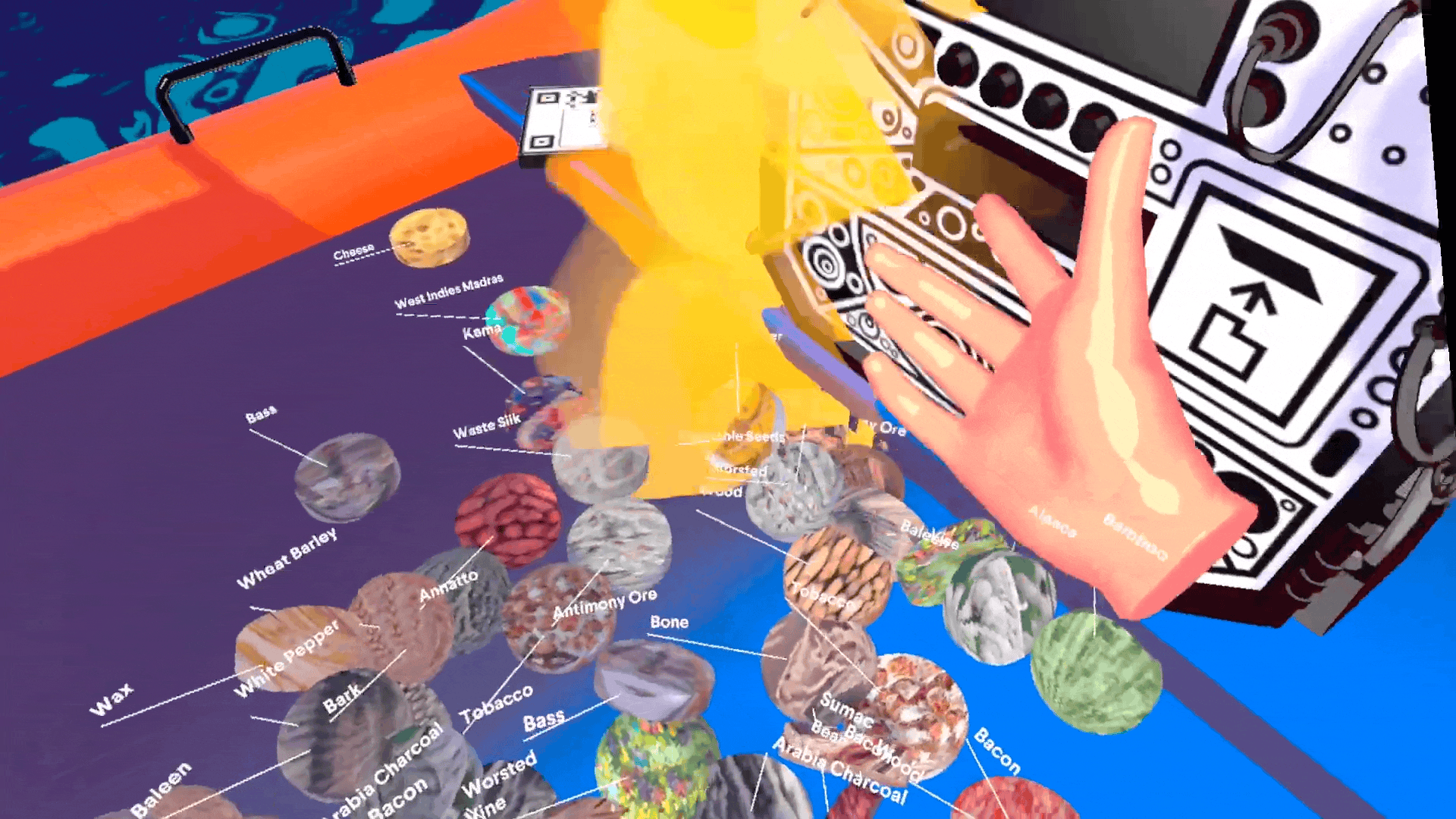
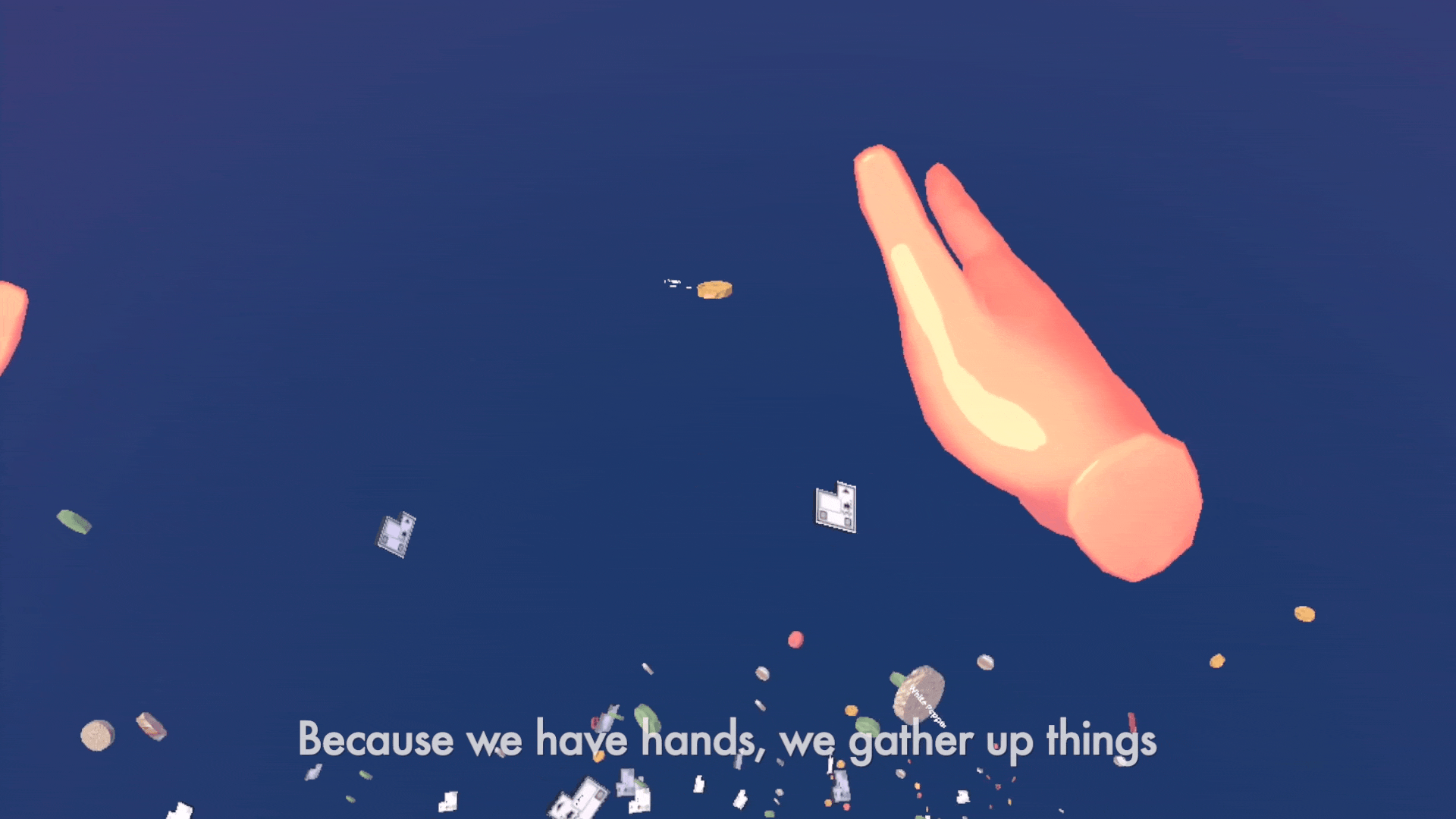
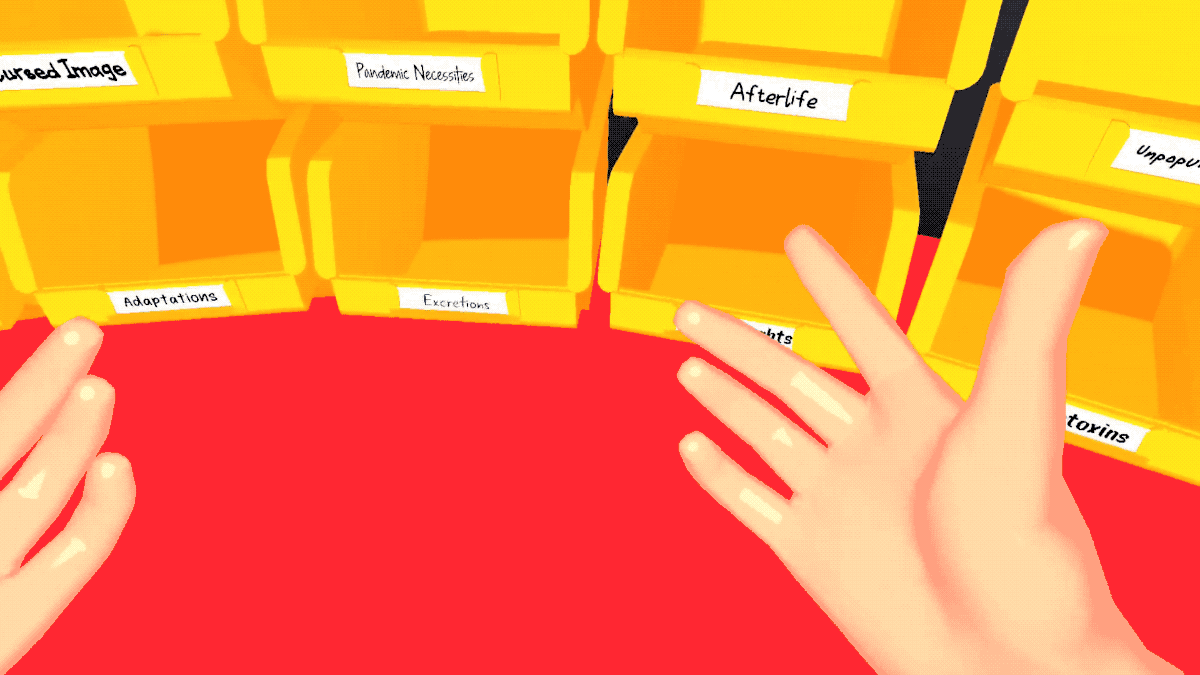
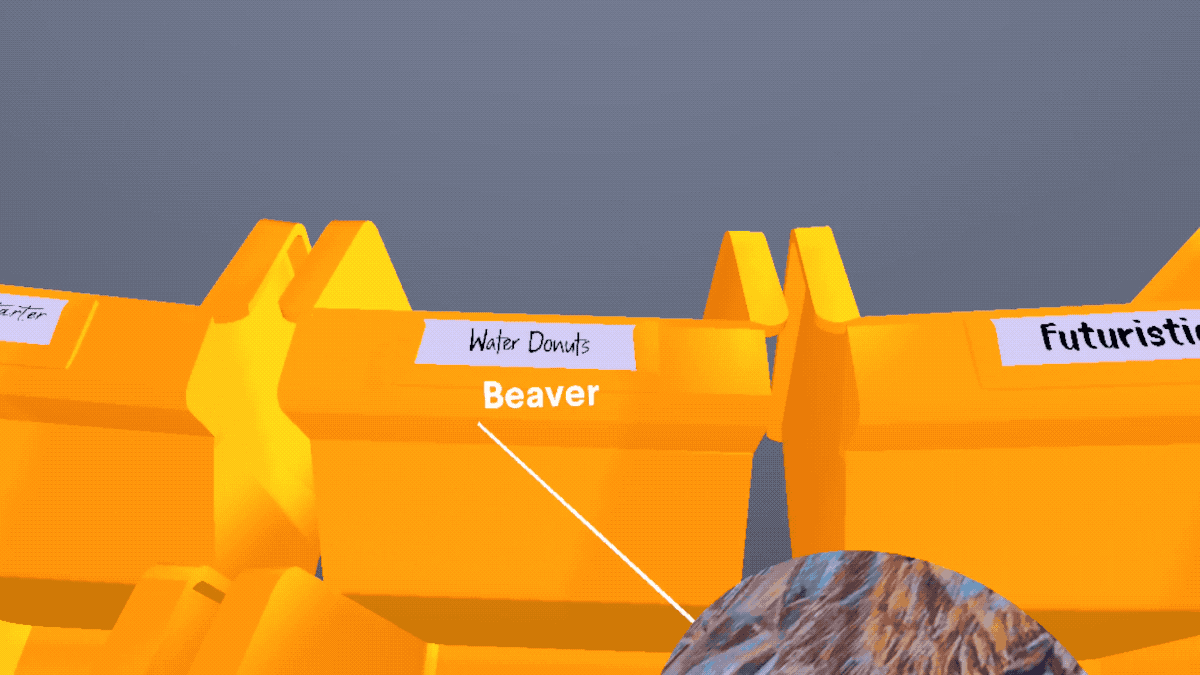
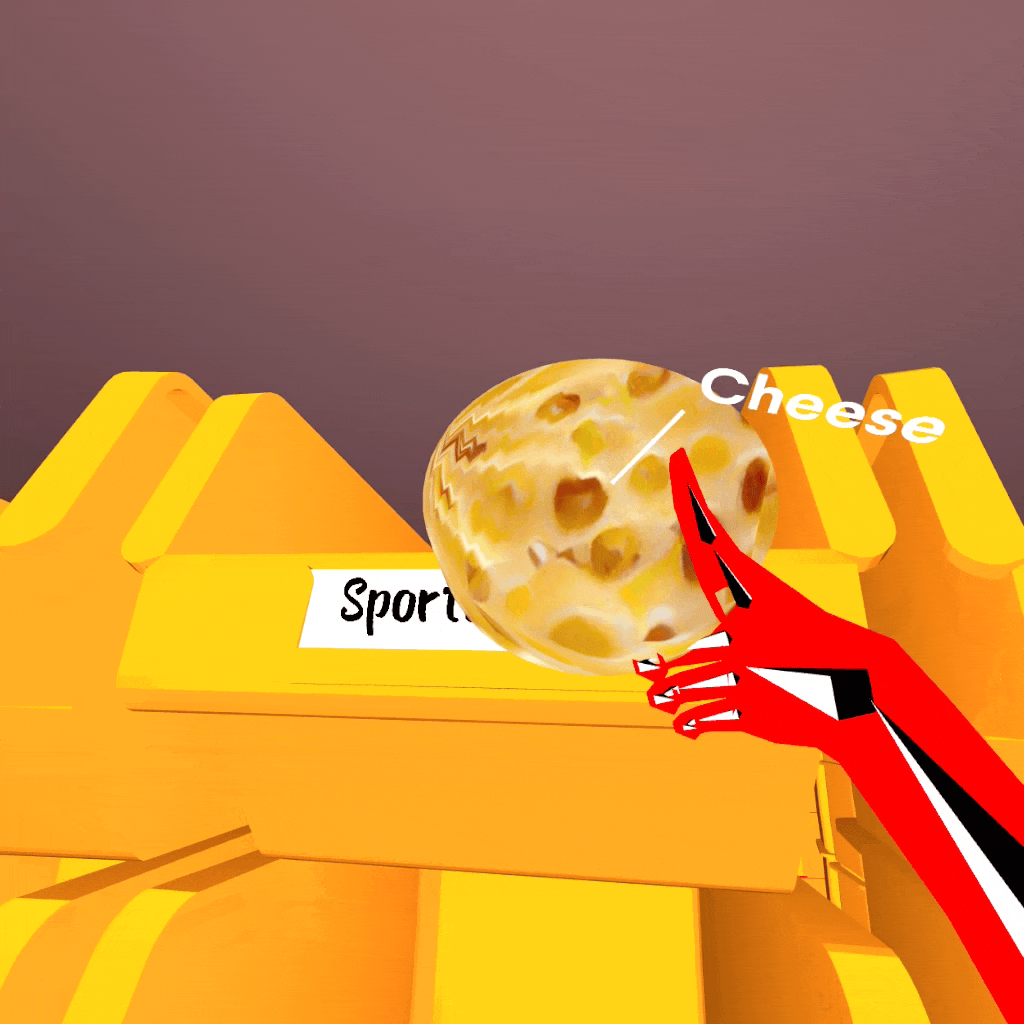
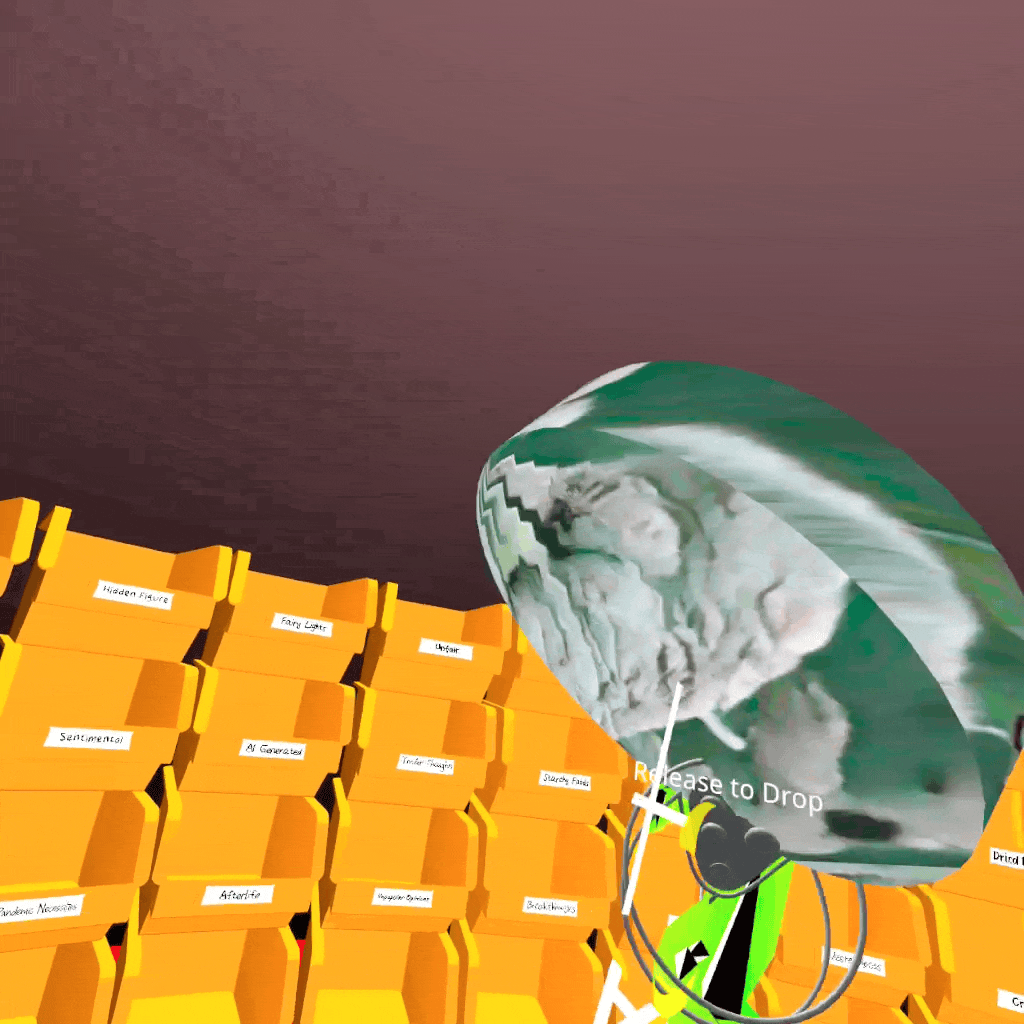
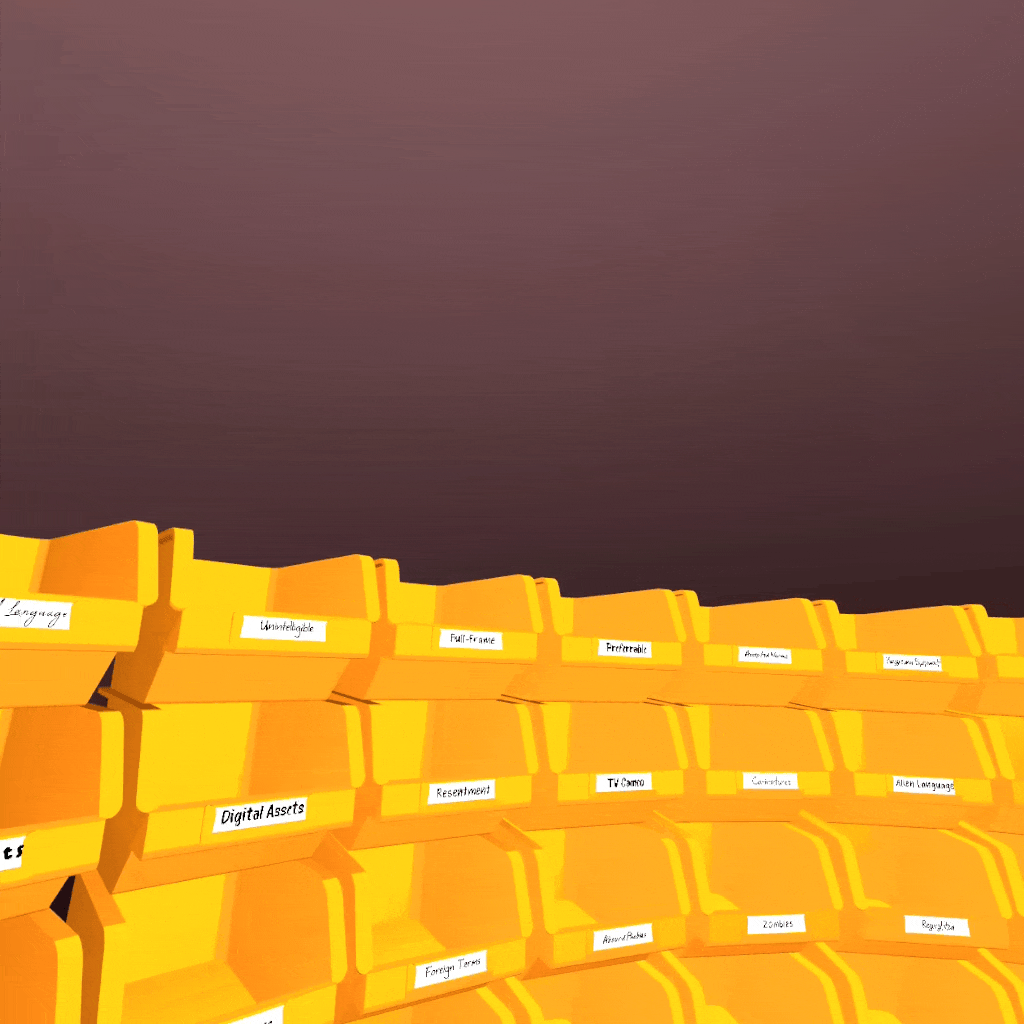
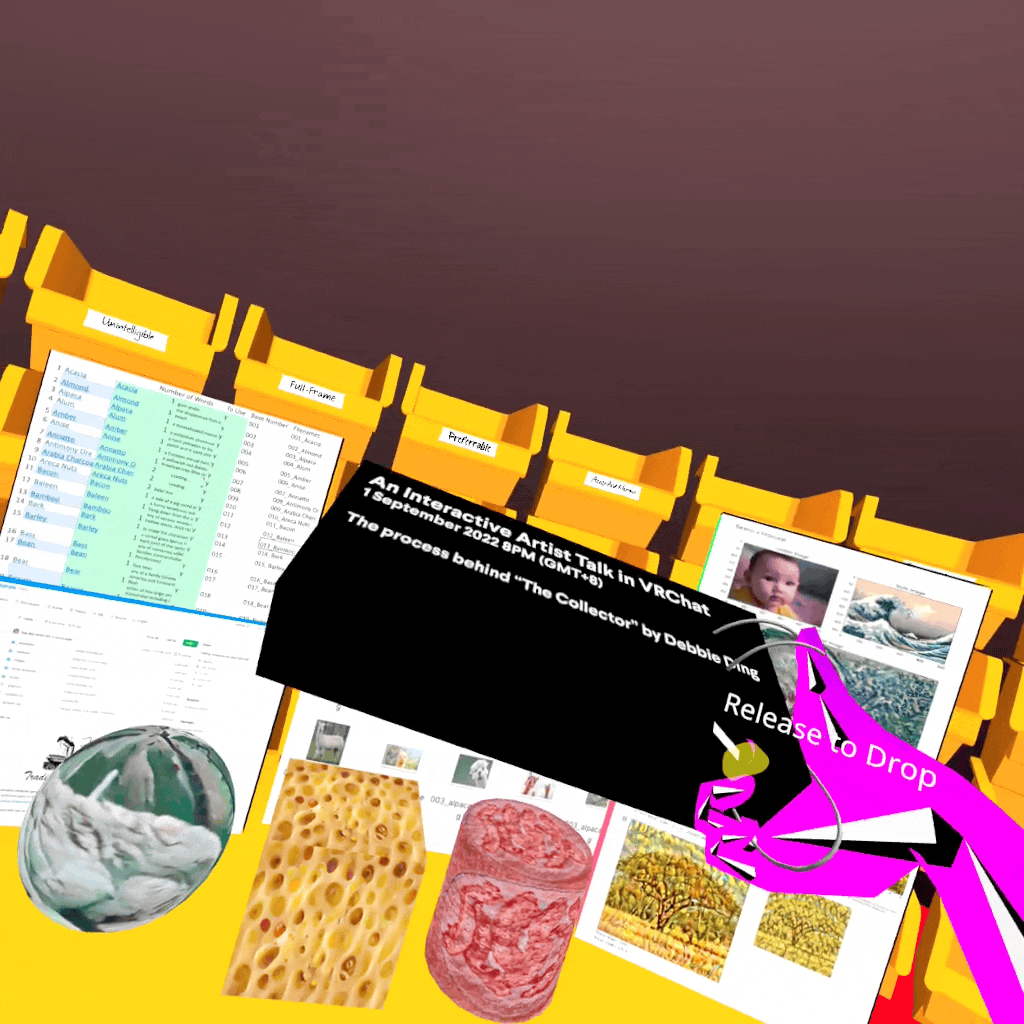
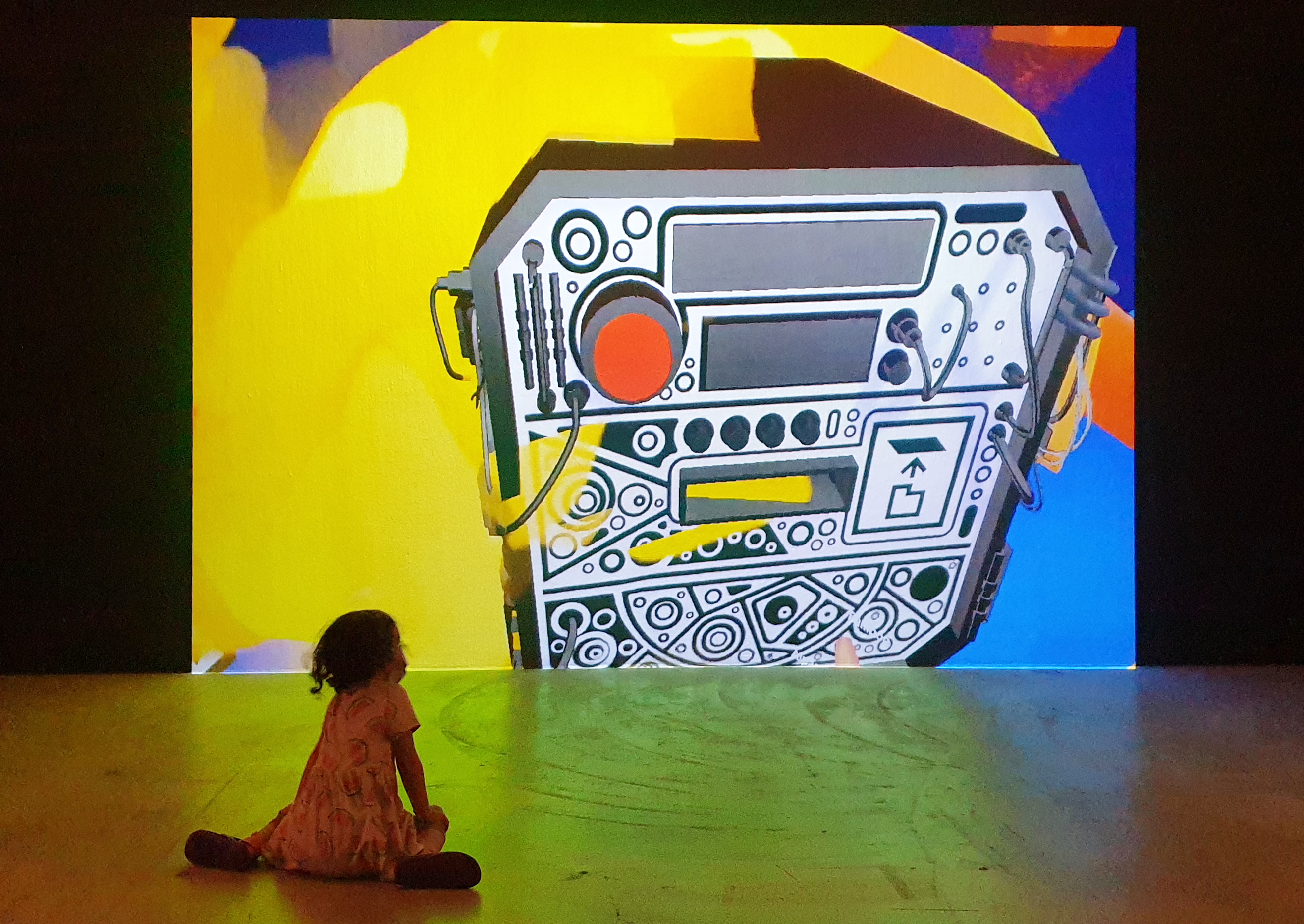
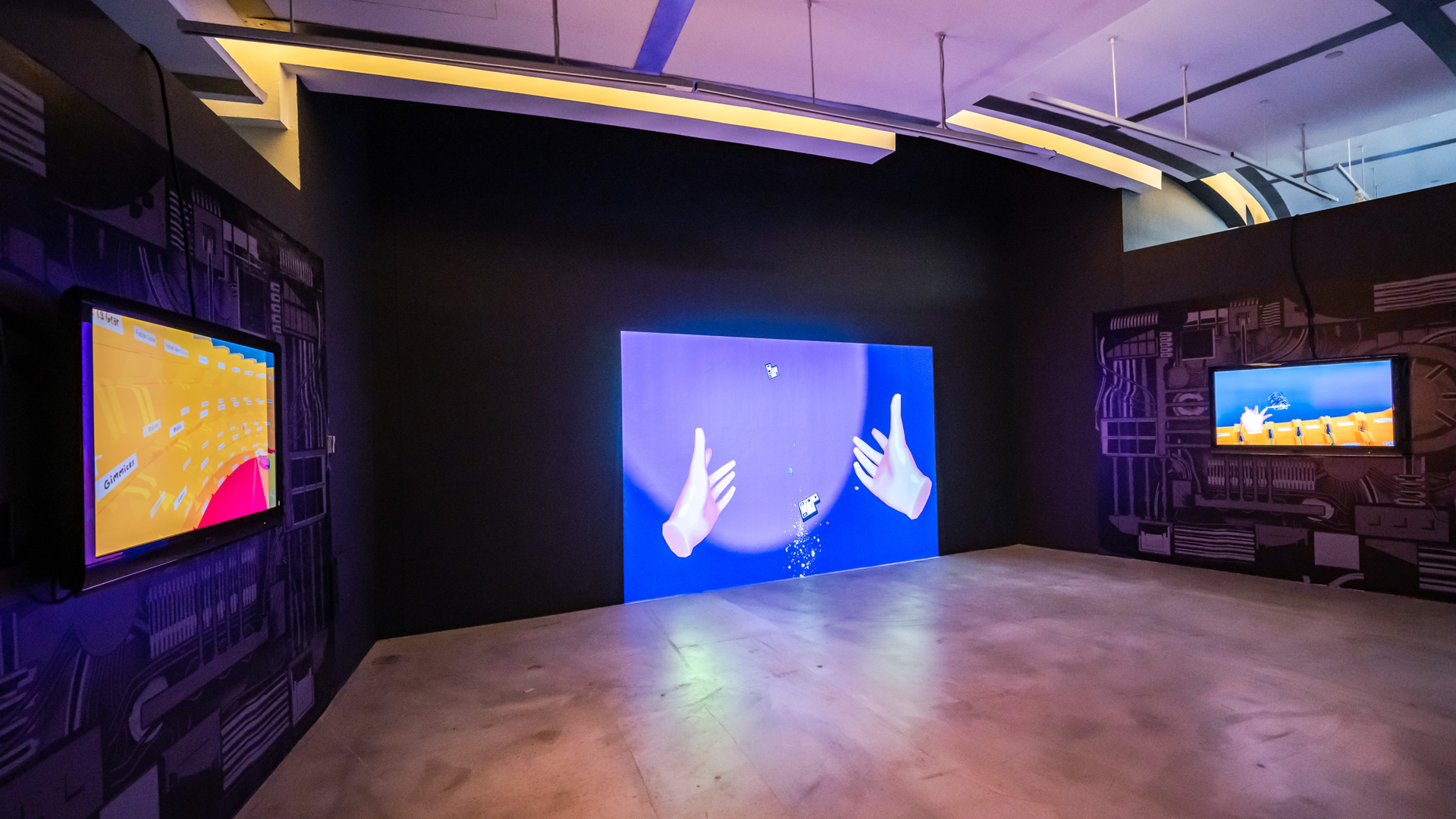
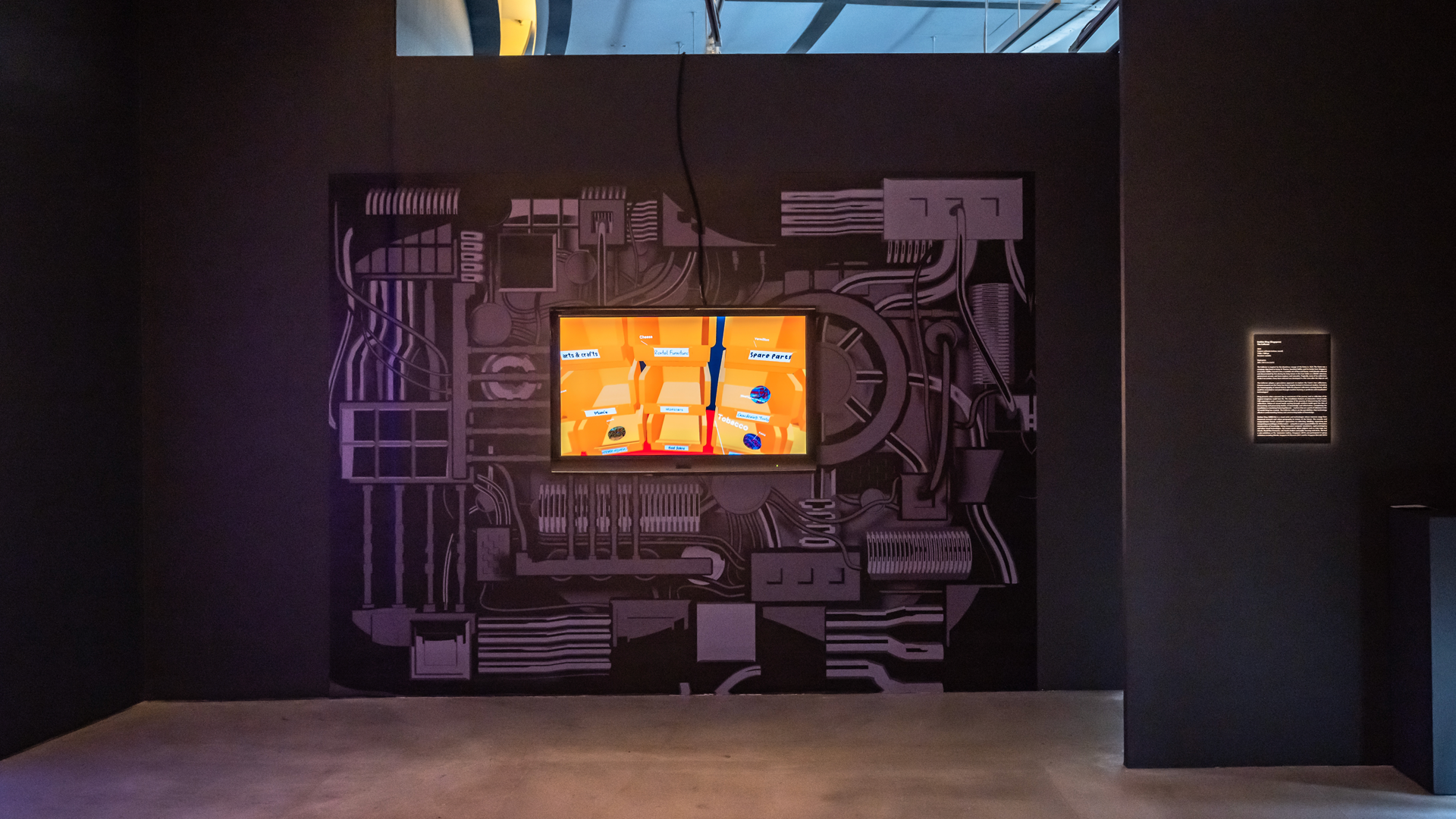
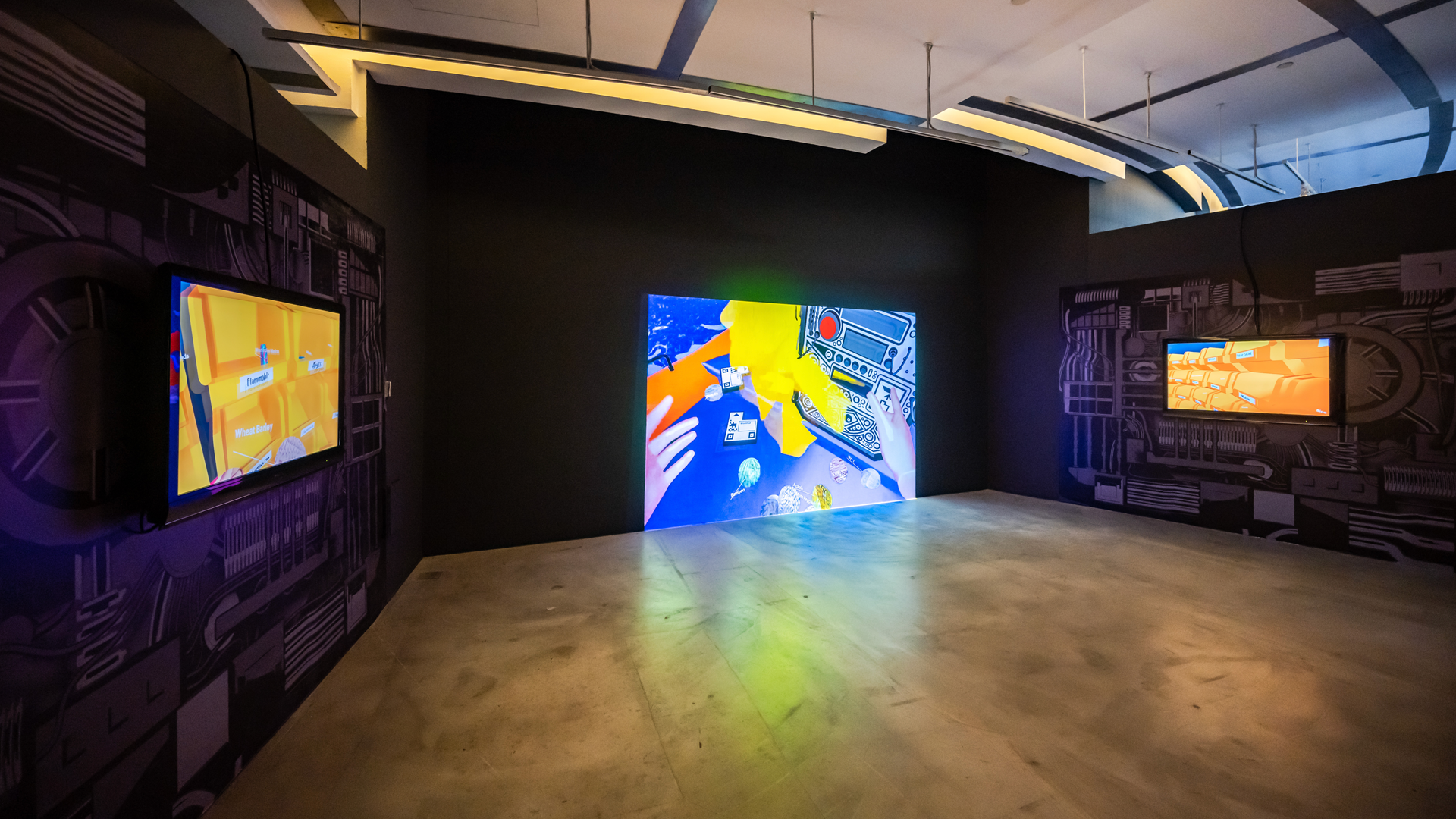
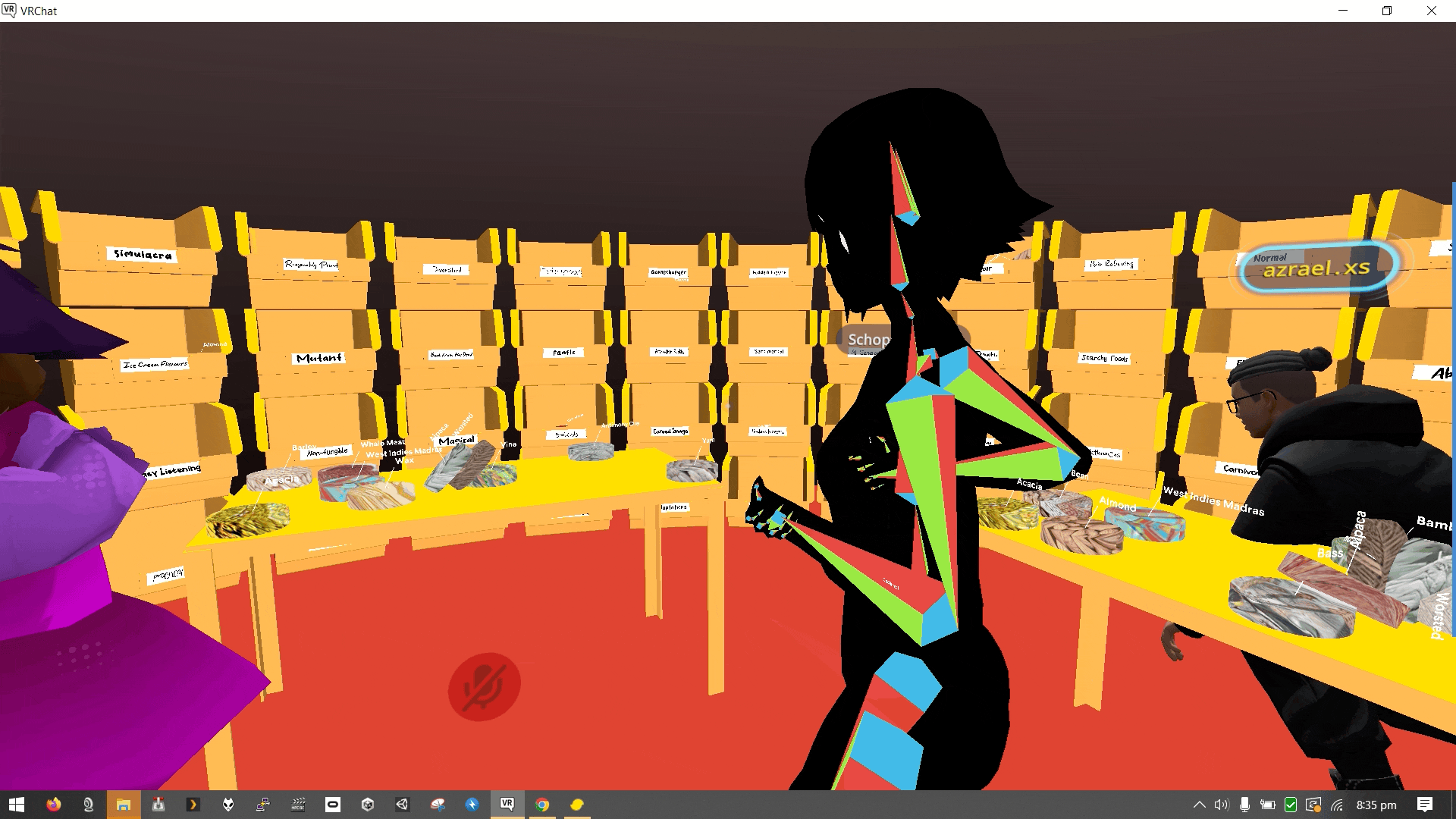
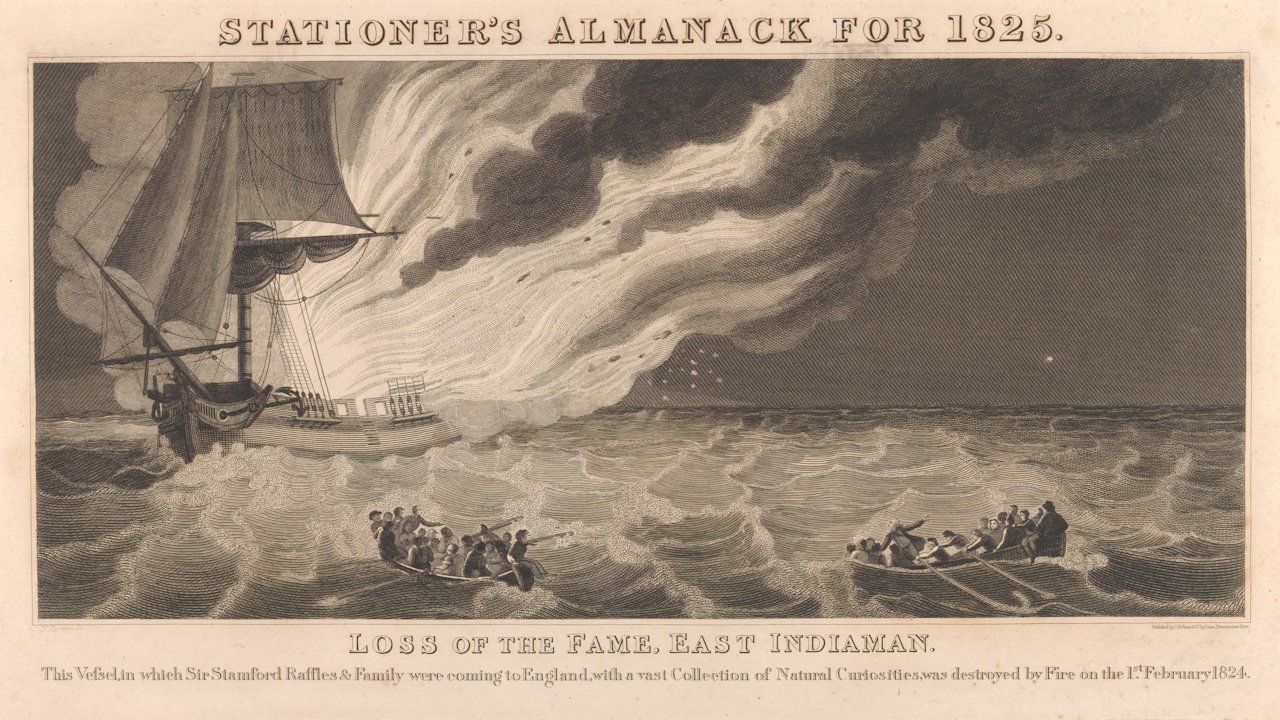
Having lost everything including all of his personal belongings, in what was later to be a failed bid for an insurance claim, Raffles and his wife tried to devise a list of his entire inventory from memory. Raffles wrote a report on the loss of the Fame to the Court of Directors, giving an account on the lost official documentation of the Eastern Isles which would have been of great value to the East India Company, and also added an inventory of his and Sophia’s personal property.
Harder to inventorise was the loss of all of his personal papers, correspondences, notes, memos, records of administration, and collection of drawings. He also hired draftsmen and artists to recreate some of the over 2000 maps and natural history illustrations which were lost on the Fame, attempting to recover as much of his collection as possible within 10 weeks before the next ship came to take him home. Today, the surviving documents which form part of Raffles’ attempts to re-capture the imaginary tropical for a British audience across the seas are now largely stored in the British Library. The challenges that Raffles faced foreground the precarity of colonial expeditions and the risks involved in the endeavour of trying to move a huge quantity of field collections across the ocean.
Current research on the Fame has been largely limited to historical studies (including the historiography of natural history), but I felt there was a need for a more experimental, speculative approach in speaking about lost collections.
